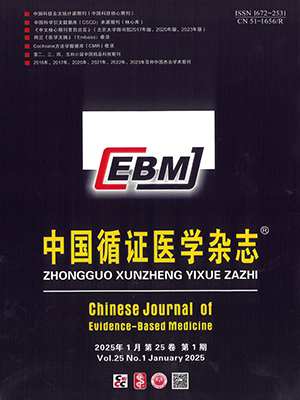Since the concept of core outcome set (COS) was introduced into clinical trials of traditional Chinese medicine (TCM), researchers have paid much more attention to develop COS for specific diseases. Although researchers believe that the characteristics of TCM, such as syndromes, should be considered in the COS of TCM, it was insufficiently addressed. In addition, the naming of TCM syndromes has not been standardized, and the classification and diagnostic criteria for specific diseases have been inconsistent. Thus, it is difficult to include TCM syndromes in the COS. Different diseases may show similar TCM syndromes which makes research difficult. Based on previous studies, this paper provided methods of developing core TCM syndromes set according to the model of combination of disease and syndrome and the model of syndrome dominating disease to provide references for future researches.
Citation: QIU Ruijin, SUN Yang, ZHONG Changming, LI Min, HU Jiayuan, ZHAO Chen, CHEN Jing, SHANG Hongcai. Methods of developing core traditional Chinese medicine syndromes set. Chinese Journal of Evidence-Based Medicine, 2021, 21(11): 1353-1357. doi: 10.7507/1672-2531.202106083 Copy
Copyright © the editorial department of Chinese Journal of Evidence-Based Medicine of West China Medical Publisher. All rights reserved




